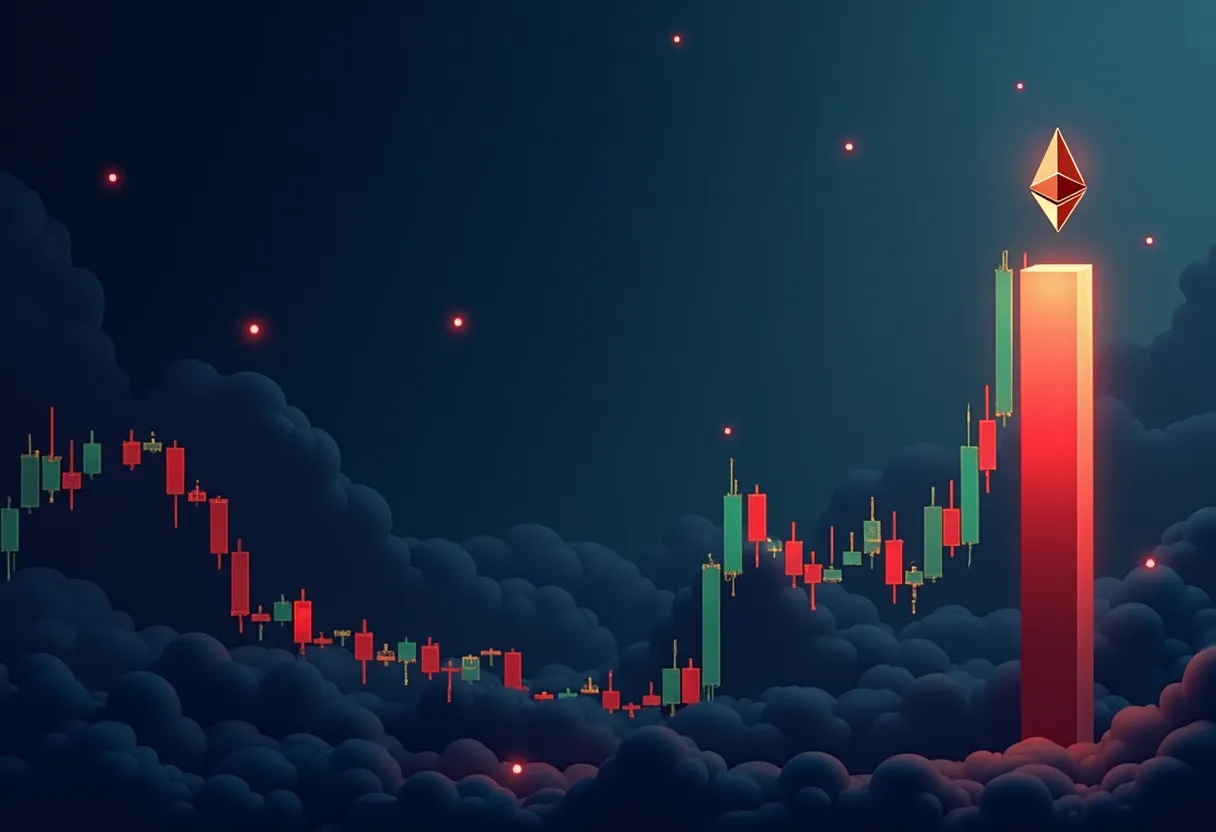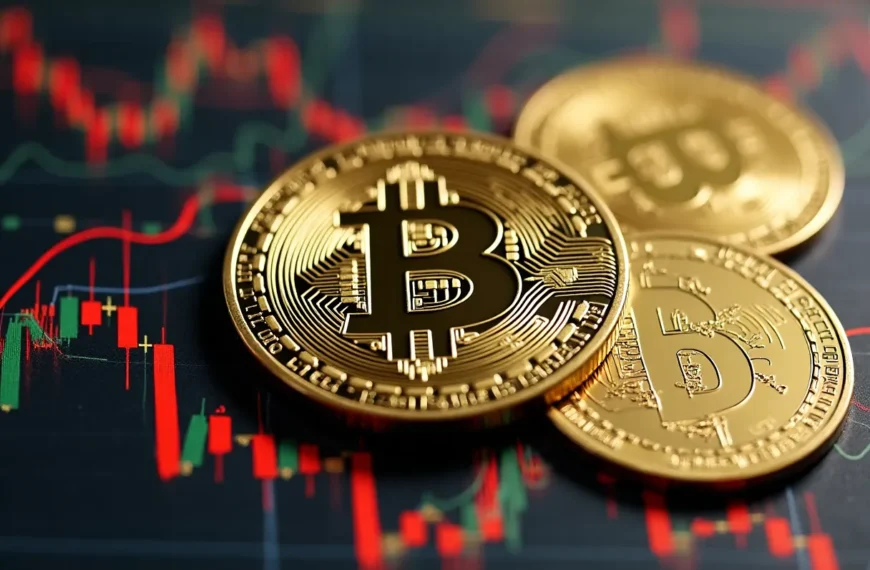Ethereum Price Surge: Analyzing Its Long-Term Viability
The cryptocurrency market is known for its volatility, yet certain digital assets manage to capture the attention of investors and analysts alike. One such asset that has recently made headlines is Ethereum (ETH). With its price showing significant upward momentum, many are left wondering whether this surge is merely a fleeting phenomenon or if it indicates a more stable, long-term trend. In this article, we will delve into the factors driving Ethereum’s price surge, analyze its fundamentals, and assess its long-term viability in the ever-evolving landscape of cryptocurrencies.
The Surge: What’s Driving Ethereum’s Price?
Ethereum has seen a remarkable increase in its price, and several factors contribute to this rally. Understanding these drivers can provide insight into whether the surge is sustainable or not.
1. Increased Institutional Interest
In recent months, there has been a notable uptick in institutional investment in Ethereum. Major financial institutions and hedge funds have started to recognize the potential of Ethereum as a significant player in the cryptocurrency space. This institutional interest is often driven by a desire to diversify portfolios and seek exposure to digital assets that are seen as having long-term growth potential.
2. DeFi and NFT Boom
The rise of decentralized finance (DeFi) and non-fungible tokens (NFTs) has significantly impacted Ethereum’s ecosystem. These sectors have gained immense popularity, leading to increased demand for ETH, the native currency used to pay for transactions and smart contract executions on the Ethereum network.
Key points to consider:
3. Ethereum 2.0 Transition
Another critical factor behind Ethereum’s price surge is the ongoing transition to Ethereum 2.0. This upgrade aims to improve the network’s scalability, security, and energy efficiency by transitioning from a proof-of-work (PoW) to a proof-of-stake (PoS) consensus mechanism.
Implications of Ethereum 2.0:
Assessing Fundamentals vs. Hype
While the hype surrounding Ethereum’s price increase is palpable, it’s crucial to evaluate the underlying fundamentals that support its growth.
1. Network Activity and Adoption
Activity on the Ethereum network is a crucial indicator of its health and viability. Metrics such as transaction volume, active addresses, and the number of decentralized applications (dApps) can provide a clearer picture of how well Ethereum is performing.
Current trends:
2. Regulatory Environment
The regulatory landscape for cryptocurrencies is continuously evolving, and Ethereum is no exception. The way governments approach regulation can significantly impact Ethereum’s future.
Potential regulatory impacts include:
3. Competition
Ethereum is not without its competitors. Other blockchain platforms are emerging that offer similar functionalities, often with enhancements that could threaten Ethereum’s dominant position.
Notable competitors include:
As Ethereum continues to evolve, it must maintain its competitive advantage to secure its long-term viability.
Market Sentiment and Future Outlook
Market sentiment plays a pivotal role in the cryptocurrency space, where emotions can drive prices just as much as fundamentals can.
1. Bullish Sentiment
Currently, there is a bullish sentiment surrounding Ethereum, fueled by recent price surges and positive market indicators. This optimism can lead to further investment, creating a self-reinforcing cycle of demand and price appreciation.
2. Caution and Realism
Despite the positive indicators, it is essential for investors to exercise caution. The history of cryptocurrencies is littered with boom-and-bust cycles, and Ethereum is no exception.
Investors should be aware of:
Conclusion: Is Ethereum’s Price Surge Sustainable?
While Ethereum’s recent price surge has captured the attention of both retail and institutional investors, determining its long-term viability requires a careful analysis of its fundamentals and market dynamics.
Ethereum’s transition to Ethereum 2.0, increasing institutional interest, and the booming DeFi and NFT markets suggest that there are solid reasons to be optimistic about its future. However, potential regulatory challenges, the presence of competitors, and the unpredictable nature of market sentiment mean that caution is warranted.
As always in the world of cryptocurrencies, investors should conduct thorough research and consider a wide array of factors before making any financial decisions. The future of Ethereum and the broader cryptocurrency market remains exciting, but it is essential to approach it with both enthusiasm and a healthy dose of realism.






